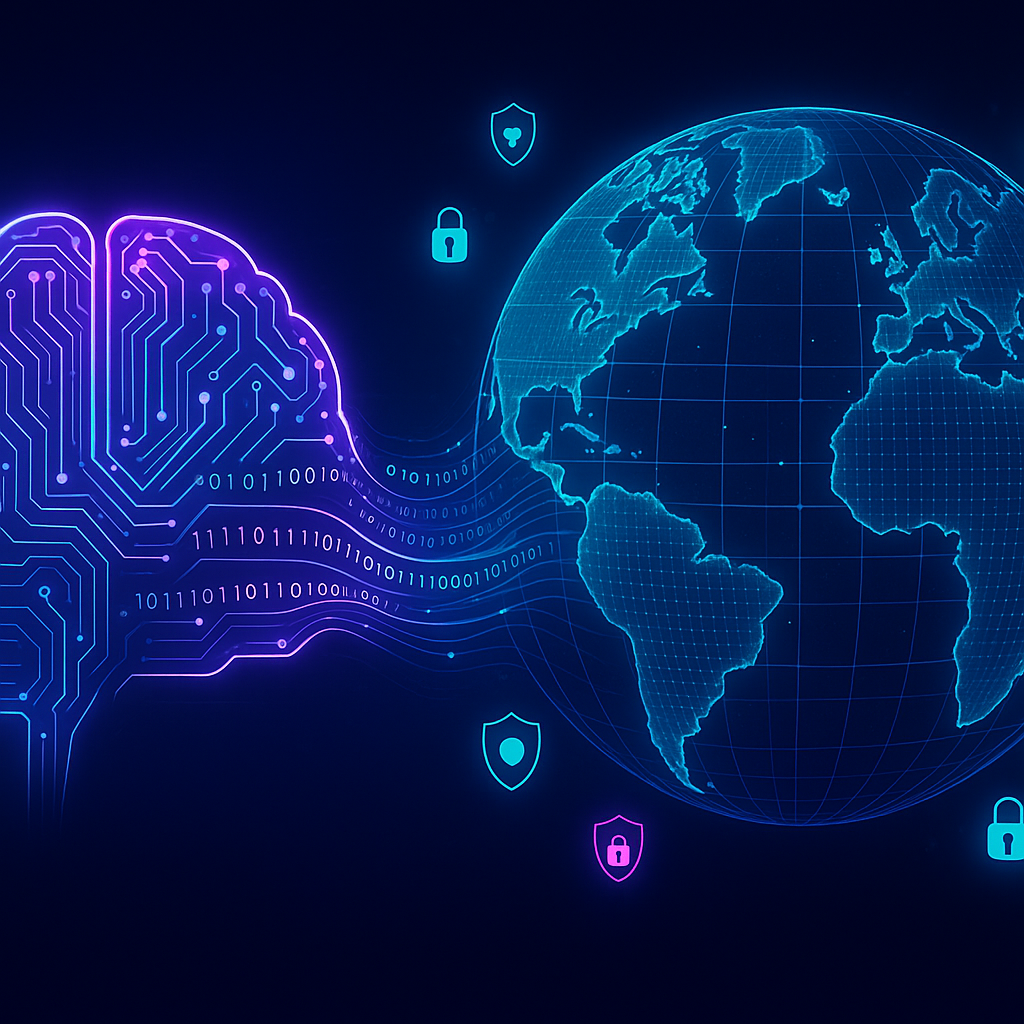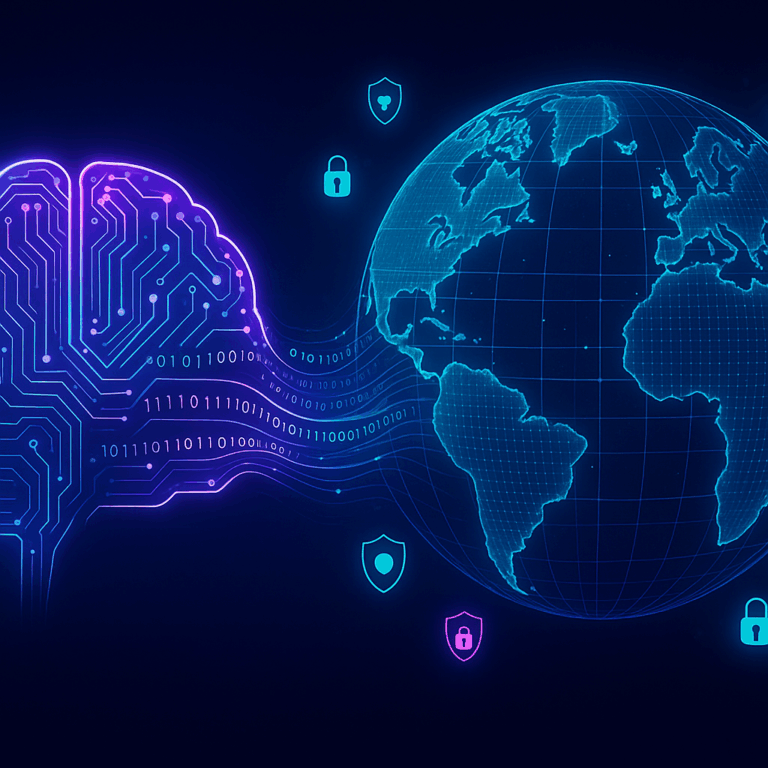“`html
AI Cyber Shield Boosts Homeland Security Defense Strategy
Introduction
The advent of artificial intelligence (AI) has revolutionized various sectors, and cybersecurity is no exception. As cyber threats become more sophisticated, AI-driven solutions offer unprecedented capabilities to safeguard critical infrastructure and protect homeland security. This blog post delves into the significant role AI plays in fortifying cybersecurity defenses, examining its application in threat detection, machine learning algorithms for anomaly detection, and network security protocols.
Advanced AI-Driven Threat Detection
Traditional cybersecurity methods often fall short in the face of advanced persistent threats (APTs) and zero-day vulnerabilities. AI’s adaptive learning mechanisms provide a formidable solution:
- Anomaly Detection: AI algorithms can distinguish normal network behavior from suspicious activities, identifying anomalies that might indicate a breach.
- Pattern Recognition: Machine learning models can analyze vast amounts of data to detect patterns that signify cyber threats, even if they are previously unidentified.
- Predictive Analytics: By using historical data, AI can forecast potential threats, allowing preemptive actions to neutralize them.
Machine Learning Algorithms for Anomaly Detection
One of the core components of AI-driven cybersecurity is anomaly detection through machine learning (ML) algorithms:
- Supervised Learning: Using labeled datasets, supervised learning algorithms can train models to recognize known threats. This method is beneficial for identifying malware and phishing attempts.
- Unsupervised Learning: In scenarios where labeled data is scarce, unsupervised learning can analyze data sets to detect abnormal patterns without predefined labels, thus identifying new or unknown threats.
- Reinforcement Learning: This approach allows systems to learn from interactions with the environment, optimizing defense mechanisms through continuous feedback loops.
Real-World Applications
Several organizations have successfully integrated AI in their cybersecurity strategies. For instance:
- Darktrace: The company uses AI to create a digital immune system that identifies and responds to threats in real-time. This system autonomously mitigates risks, ensuring network resilience.
- Cylance: Cylance employs AI to predict and prevent cyber attacks, reducing dependency on signature-based detection methods that often fail against new threats.
Network Security Protocols Enhanced by AI
Network security protocols are fundamental in protecting data integrity and confidentiality. AI enhances these protocols through several mechanisms:
- Intrusion Detection Systems (IDS): AI-powered IDS can automatically adapt to evolving threats, reducing false positives and improving detection accuracy.
- Automated Response: AI-augmented systems can promptly respond to security incidents by isolating affected systems, thus minimizing potential damage.
- Behavioral Analysis: AI can continuously monitor user behavior, detecting deviations that may indicate compromised accounts or insider threats.
Data Protection Strategies
AI’s role in data protection extends beyond simple encryption and firewall systems. Key strategies include:
- Data Loss Prevention (DLP): AI can analyze data transfers and identify unauthorized movements, preventing sensitive data from leaving secure environments.
- Privacy Enhancing Technologies (PETs): AI facilitates the deployment of PETs, such as differential privacy, to ensure data anonymization while maintaining data utility.
- Threat Intelligence: AI can aggregate and analyze threat intelligence from various sources, providing actionable insights to inform data protection policies.
Challenges and Future Implications
The integration of AI in cybersecurity is not without its challenges:
- False Positives: While AI-powered solutions reduce false positives, completely eradicating them remains challenging, leading to potential alert fatigue.
- Bias in Algorithms: Bias in training data can lead to unfair or inaccurate threat detection, underscoring the importance of diverse and representative datasets.
- Adversarial Attacks: Cybercriminals are exploring ways to deceive AI systems, necessitating ongoing advancements in AI robustness and resilience.
Despite these challenges, the future of AI in cybersecurity is promising. Emerging trends include the development of collaborative AI ecosystems for sharing threat intelligence and the integration of quantum computing to bolster encryption and data security further.
Conclusion
AI offers transformative potential in enhancing homeland security through advanced threat detection, machine learning algorithms, and network security protocols. As AI continues to evolve, its integration into cybersecurity frameworks will remain pivotal in staying ahead of ever-emerging cyber threats. For cybersecurity professionals, leveraging AI-driven tools and staying abreast of technological advancements are crucial steps in fortifying defense mechanisms and ensuring robust protection of critical infrastructures.
References
- R Street Institute. (2023). Guardians of the Grid: AI’s Cyber Shield for Homeland Security. Retrieved from https://www.rstreet.org/commentary/guardians-of-the-grid-ais-cyber-shield-for-homeland-security/
- Darktrace. (n.d.). Overview of Darktrace AI. Retrieved from https://www.darktrace.com
- Cylance. (n.d.). Cylance AI Threat Prevention. Retrieved from https://www.cylance.com
“`



